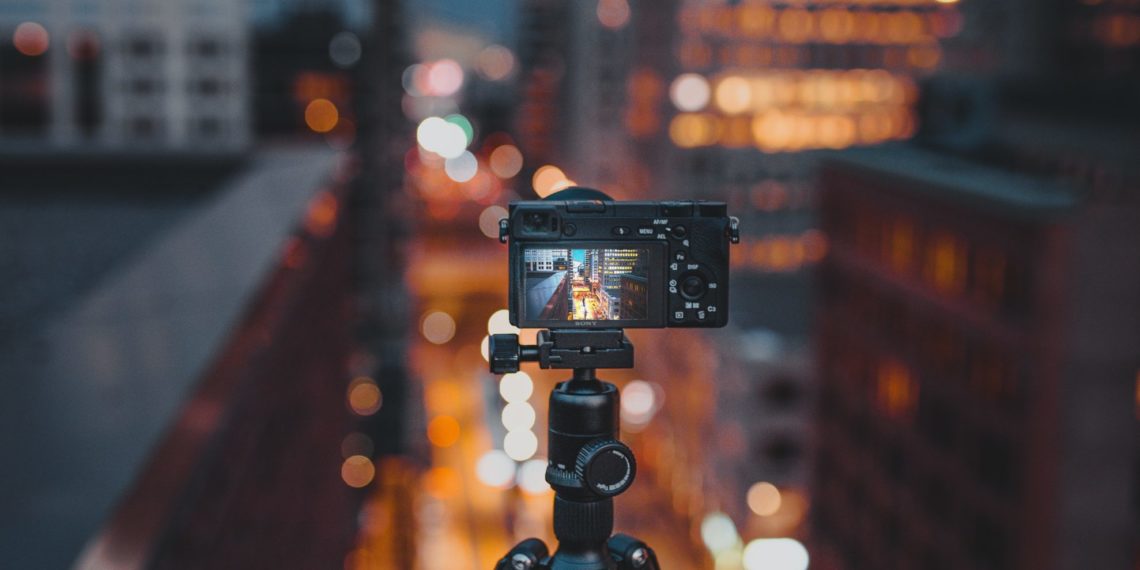You may have heard of EXIF dataespecially if you use FlickR and/or forums to submit your photos for review. But I doubt that everyone knows about the meaning and especially theusefulness that it can have to improve your pictures.
The barbaric term “EXIF” means “Exchangeable Image File”, which does not advance us much further. The EXIF data is actually the shooting information that your camera records at the same time as the picture. Even if you don’t know it, it is extremely likely that your camera will record this data when you take a picture.
What does this data contain and how can I access it?
This data records a lot of information about the shooting: day and time, camera and lens used, focal length, aperture, shutter speed, ISO sensitivity, mode used (auto, shutter speed priority, aperture priority, manual, …), whether the flash was triggered, the brightness metering mode, and tons of other incomprehensible information.
You’re gonna say, “yeah, okay, that’s all cool, but how do I get to see it?” And I’m going to say “well, it depends a lot” (yes, we’re getting familiar ! :D) Anyway, you can consult this data in three ways:
- Directly on the deviceby using the key dedicated to it (Disp., Infos or equivalent).
- By doing a right click -> Properties on your computer
- In your software for developing and/or retouching images, which usually displays the most complete information.
Also, when you put an image on FlickRyou can also view his EXIF data, either yours or someone else’s (unless the author has disabled this option). Just click on the device name that was used to take the picture to the right of the image. (For example “this picture was taken on December 21, 2012 by a Canon EOS 600D”: click on “Canon EOS 600 D”)
Why are we interested in this data?
You’re probably wondering why I’ve been giving you a hard time with figures obscure information recorded in your photos, and if I’m going to advise you to look at the EXIF data of your 2000 holiday photos in Saint-Tropez. Luckily, no.
That said, when you develop and work on your photos after a shoot, especially if you had a very specific intention in taking a shot, you will probably detect some defects in your pictures. After you’ve fought to minimize them or make them disappear, there will probably be some left. It’s hard to make self-criticismand I strongly advise you to submit your images to the eyes ofother photographers who will be able to bring you the most experienced constructive criticism.
But then, things like “it’s blurry”, “I would have increased the depth of field”, “the sky is overexposed”, “your butterfly is out of focus” are… usefulwhether they come from you or from other people, but don’t always help to know how to do better next time. This is where EXIF data comes in: thanks to your immense knowledge of the basic principles of photography, you can analyze why a photo with a particular defect.
How to analyze them, concretely?
Let’s take a common case: “the subject is unclear”. When looking at the picture you have to determine if the subject is blurry because it is misplaced (its contours are blurred but you don’t have the impression of seeing it double), or because it has moved or that you have moved (looking at the picture you feel like you’ve had one too many drinks, there are “sluts”). Let’s say it’s a motion blur.
Knowing that the perception of movement is influenced by the shutter speedIf you’re not sure, your first reflex should be to look at the shutter speed you used. Also, it should be higher as you increase your focal length, according to the simple rule: 1/250th to 250mm, 1/100th to 100mm. So you will also look at the focal length used. Here you should already have enough information to see where your defect was. Let’s say you chose aperture priority mode when shooting at 250mm, and the camera decided on a speed of 1/50th, like what happened to me when photographing butterflies.
Anyway, when you are a little disappointed by a photo or simply that it presents a default…even if he is skinny, analyze the why of the how thanks to the EXIF data: this will allow you to determine what mistake(s) you made and how to do it next time so that you don’t make the same mistake again!
If you have any questions or comments, please do not hesitate to contact us at leave a comment. Remember to subscribe to the newsletter if you want to follow the next articles.
And don’t forget to share the article! 🙂




Discussion about this post